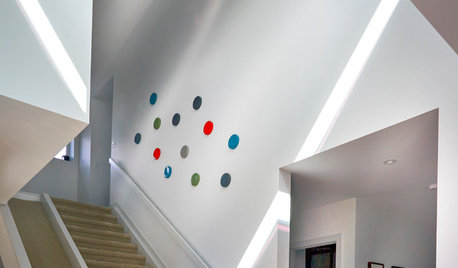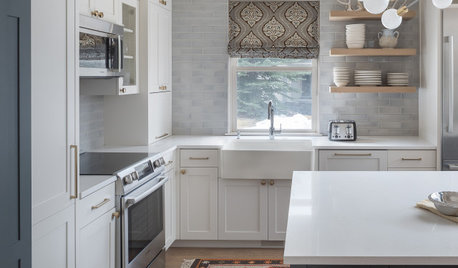Tomatoes rotten on bottom
riverminty
15 years ago
Featured Answer
Comments (18)
riverminty
15 years agotrancegemini_wa
15 years agoRelated Professionals
Danbury Landscape Architects & Landscape Designers · Forest Park Landscape Architects & Landscape Designers · Franconia Landscape Architects & Landscape Designers · Lowell Landscape Architects & Landscape Designers · Frisco Landscape Contractors · Bell Gardens Landscape Contractors · Broadlands Landscape Contractors · Kahului Landscape Contractors · Middle River Landscape Contractors · Mission Landscape Contractors · Pomona Landscape Contractors · Austin Decks, Patios & Outdoor Enclosures · Gladstone Decks, Patios & Outdoor Enclosures · Green Bay Decks, Patios & Outdoor Enclosures · Vero Beach Decks, Patios & Outdoor Enclosuresriverminty
15 years agoKimmsr
15 years agoKimmsr
15 years agohighplainswoman
15 years agoalfie_md6
15 years agoKimmsr
15 years agopuzzlefan
15 years agoTheresa
12 years agojolj
12 years agoKimmsr
12 years agowayne_5 zone 6a Central Indiana
12 years agoHonestGreens
11 years agojolj
11 years agocoinaster
10 years agoKimmsr
10 years ago
Related Stories

FUN HOUZZUpload of the Day: Last One Down the Indoor Slide Is a Rotten Egg!
Carpet cushions the ride for safety, but this slide in an Edmonton home still makes hearts race
Full Story
EDIBLE GARDENSSummer Crops: How to Grow Tomatoes
Plant tomato seedlings in spring for one of the best tastes of summer, fresh from your backyard
Full Story
FARM YOUR YARDHouzz Call: Home Farmers, Show Us Your Edible Gardens
We want to see where your tomatoes, summer squashes and beautiful berries are growing this summer
Full Story
ORGANIZING7-Day Plan: Get a Spotless, Beautifully Organized Kitchen
Our weeklong plan will help you get your kitchen spick-and-span from top to bottom
Full Story
HEALTHY HOME12 Ways to Set Up Your Kitchen for Healthy Eating
Making smart food choices is easier when your kitchen is part of your support team
Full Story
GARDENING AND LANDSCAPINGWorld of Design: 10 Home Gardeners Show Us Their Sweet Summer Harvests
From New York to Tokyo, these gardeners have turned their yards, terraces and rooftops into places of bounty
Full Story
EDIBLE GARDENS8 Surefire Vegetables and Herbs for Beginning Gardeners
Learn the edible plants that are popular and easy to grow in a backyard or container garden
Full Story
FARM YOUR YARD6 Things to Know Before You Start Growing Your Own Food
It takes time and practice, but growing edibles in the suburbs or city is possible with smart prep and patience
Full Story
HOUSEKEEPINGHow to Fix a Stinky Garbage Disposal
No plumber’s fee or even a trip to the hardware store is required with these easy solutions
Full Story
FARM YOUR YARDHow to Build a Raised Bed for Your Veggies and Plants
Whether you’re farming your parking strip or beautifying your backyard, a planting box you make yourself can come in mighty handy
Full Story







trancegemini_wa